Dove Catchment Partnership
Catchment partnership vision
Our vision is to make the Dove catchment a great place for people and wildlife, now and in the future. We will do this by:
- reversing species and habitat loss, through river restoration, restoring natural processes and managing the impacts of invasive non-native species
- preventing diffuse and point source pollution of all types such as soil loss and miss-connections
- improving ecological, economic and social issues around water management, flood/drought and their impact
- encouraging adaption to the effects of climate change, and mitigate its affects where possible
- engaging with people through education and one to one engagement to increase understanding on water management and improving access to rivers.
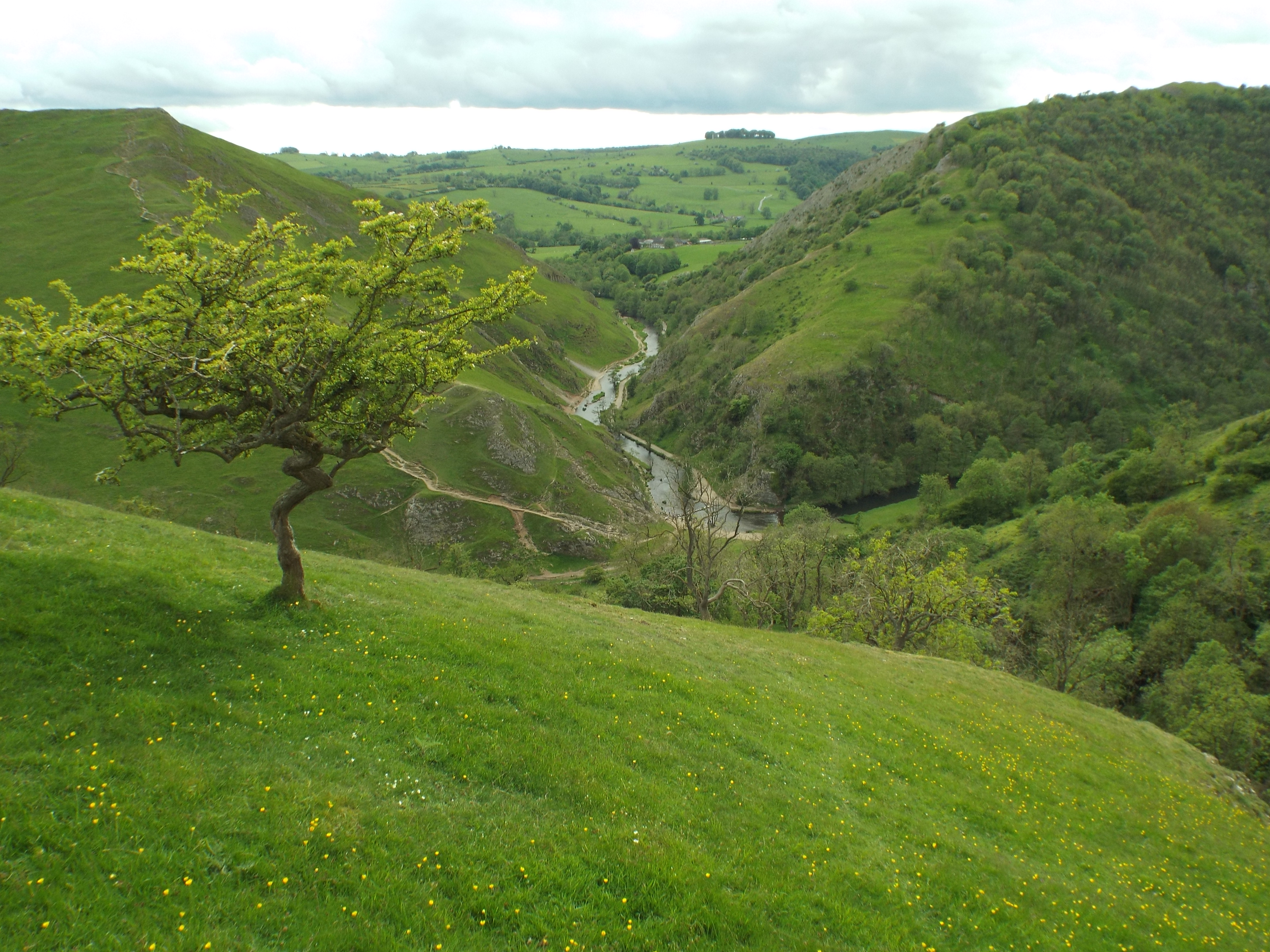
Related websites
Find out more about the activities and ambitions of this catchment partnership and how you can get involved to help improve the water environment in the catchment.
Catchment challenges
Current challenges identified by partnership
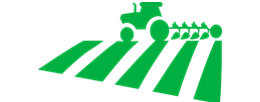
Pollution from agriculture and rural areas
Excess nutrients and agricultural chemicals change the natural balance of river life
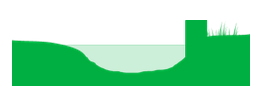
Physical modifications
Fish passage and natural processes are restricted by mostly redundant historical barriers and channel modifications
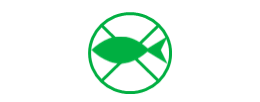
Invasive Non-native Species
Partnership activity on Signal Crayfish and Himalayan Balsam plus risk of other invasives
Wider water environment challenges identified by partnership
Protect and restore healthy soils and nutrient balance
Phosphates and soils still reaching the river from widespread farming resulting in high nutrient levels, lack of sufficient incentives for farmers
Nature Recovery, designated areas for nature and biodiversity
More support and resources needed for the regulatory bodies to protect and enforce nature conservation based designations and appropriate management
Connecting communities with nature
Improved understanding of the public on how management of rivers and floodplains can support nature and enhance our well-being
Support Nature Recovery Network and Local Nature Recovery Strategy
Lack of coordination to secure, protect and monitor impacts on non-designated habitats at a landscape and catchment scale
Build environmental resilience and adaptation to climate change
Poor management and diversity of riparian and floodplain habitat increasing vulnerability to abstraction, drought and risk of flooding
Reduce storm overflows and drainage system incidents
Poor habitat quality and surface water management in urban areas resulting in altering microclimates, stream geomorphology and groundwater recharge
Future challenges predicted by partnership

Pollution from agriculture and rural areas
Pollution from a range of sources, in particular agriculture and point sources from rural areas continues to be an issue in the Dove, the riverine ecology is not what it could be

Invasive Non-native Species
Signal crayfish and Himalayan balsam continue to be an issue in areas of the Dove catchment, where coordination and wider understanding is required

Changes to the natural flow and water levels
Rivers and floodplains are under pressure from floods and drought as climate change continues, it is a widespread issue; understanding and cooperation across sectors is required
Future challenges predicted by Environment Agency
Future challenges in 2050
- Invasive Non-native Species
- Pollution from Agriculture and Rural Areas
- Changes to the Natural Flow and Water Levels
Emerging challenges
- Changes to the Natural Flow and Water Levels
- Pollution from Agriculture and Rural Areas
- Pollution from waste water
Partnership success highlights 2016 to 2021
Our successes:
- 2 Landscape Partnership Schemes completed: South West Peak - Landscape at a Crossroads & Transforming the Trent Valley
- ‘Upstream Thinking’: sustainable land management, removing invasive non-native species, creating new habitats, restoring wet heaths & bogs
- ‘Letting the Dove Flow’ river restoration: re-naturalising river, improving habitat for fish and invertebrates, removing weirs, introducing woody debris
- Churnet Valley farmers: brings farmers, foresters, land managers together to benefit the catchment
- Tittesworth Farmers advice: working to improve soil management by sustainable use of chemicals to improve drinking water
- community river restoration project at Quixall - community purchase of a meadow and restored to a wildlife haven
- ‘Slowing the Flow’: 4 ha habitat created, 46 ha habitat restored, 7.7 km new or improved riparian zones, 9 woody debris projects, 5 communities better protected from flooding, 10 water courses improved water quality, 105 volunteers engaged, 9 annual events
- Barbel study: angling community engagement, providing information to establish different year classes of fish; smaller fish being recorded in 2020; meeting in 2021 to engage with the angling community and set out study targets
- Dovecliff Weir: weir removal improving biodiversity and fish passage through the Dove catchment: 16 fish species recorded
- annual partnership meetings to share and learn about catchment issues, opportunities and activities.
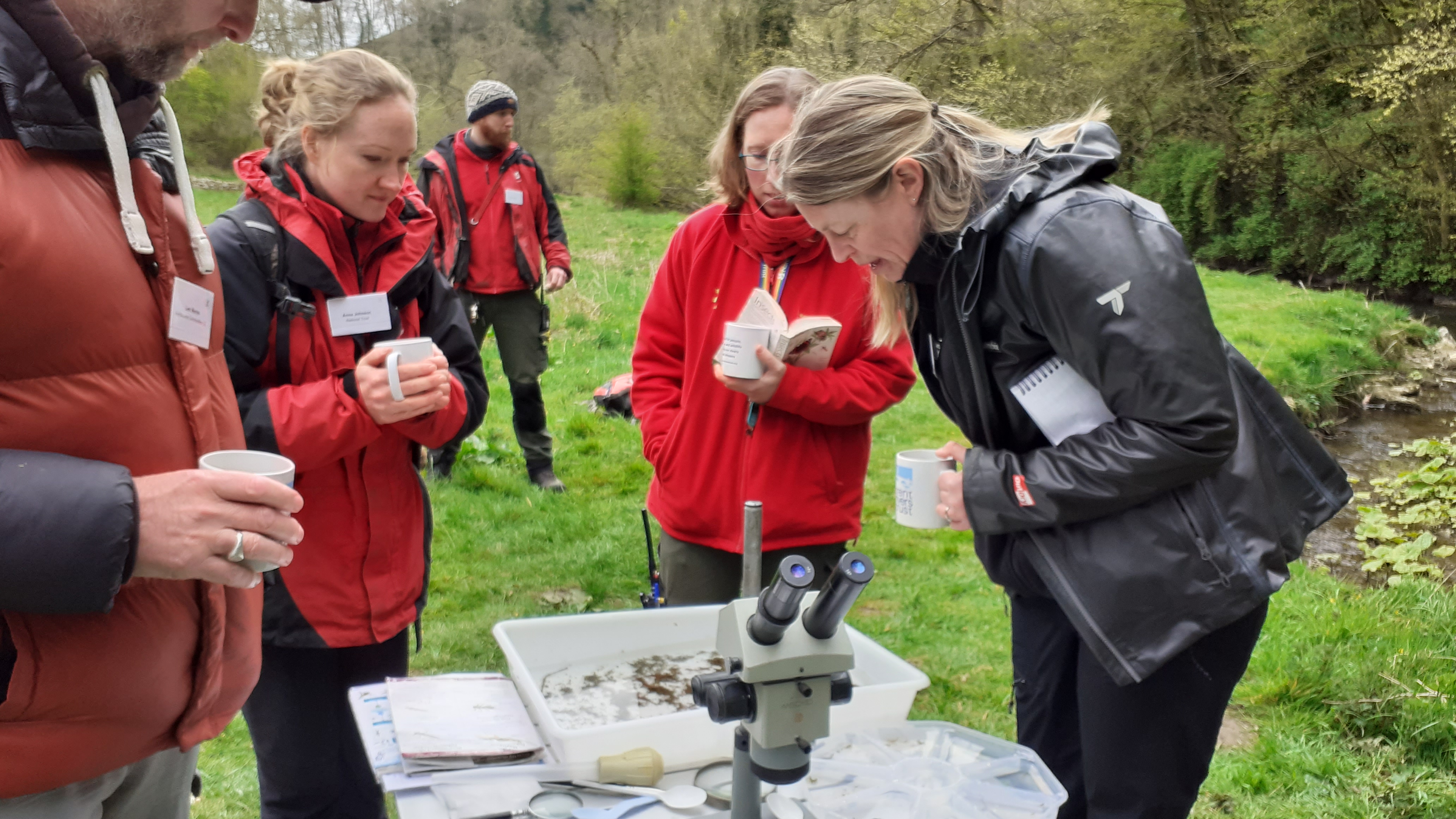
Partnership development plans
In the future, we would like to see:
- stronger, clearer governance with an increase in active partners working collaboratively
- a wider range of projects and initiatives
- more financial support for partners and network of organisations
- informed communications both in and out of the partnership
- resources developed to raise awareness of activities, challenges and opportunities
- increased understanding of businesses, landowners, partners, public, issues and work to address them.
Partnership priority actions and measures for 2022 to 2027
Confident
Endon natural flood management; farm interventions to store and slow water, trap pollution and create habitat
- Reason for measure
- Control or manage rural diffuse pollution
- Delivery mechanism
- Other local funding
- Location
- Endon Bk
Confident
Picknall Brook Habitat Improvement; enhancing the watercourse and corridor for biodiversity and natural processes
- Reason for measure
- Control or manage rural diffuse pollution
- Delivery mechanism
- Other local funding
- Location
- Picknall Bk catchment (trib of Dove)
Confident
Dove headwaters; creation, restoration and enhancement of nature to maintain and maximise outcomes
- Reason for measure
- Manage modified habitats
- Delivery mechanism
- Nature Recovery Network
- Location
- Dove from Source to River Manifold Churnet from Source to Meerbrook Manifold - source to conf R Dove Hamps from Source to R Manifold
Confident
Natural Flood Defence; delivery of natural flood management to support conventional scheme in Marchington
- Reason for measure
- Control or manage regulated flows
- Delivery mechanism
- EA Flood/coastal risk management programme
- Location
- Marchington Brook catchment (trib of Dove)
Confident
Tree planting on the lower River Dove
- Reason for measure
- Mitigate the impacts on ecology from physical modifications in modified waters
- Delivery mechanism
- Private Investment
- Location
- Dove - R Churnet to R Trent
Confident
Tittesworth Catchment Officer
- Reason for measure
- Control or manage rural diffuse pollution
- Delivery mechanism
- Confirmed water industry national environment programme 2020-2025
- Location
- Churnet Rivers and Lakes
Less certain
Beyond the Barriers; continue to open up the catchment for fish passage and restoration of natural processes
- Reason for measure
- Mitigate the impacts on ecology from physical modifications in modified waters
- Delivery mechanism
- Nature Recovery Network
- Barriers to delivery
- Funding for feasibility and stakeholder engagement
- Location
- Foston Brook catchment (trib of Dove) Dove - R Churnet to R Trent Marston Brook cathment (trib of Dove) Churnet from Consall to River Dove Dove - conf R Manifold to conf R Churnet Hilton Bk (trib of R Dove)
Less certain
Functional Floodplains; restoration of priority habitat and riparian habitat corridors
- Reason for measure
- Manage modified habitats
- Delivery mechanism
- Nature Recovery Network
- Barriers to delivery
- Incentives to change existing land management practices and greater pressure from wider society
- Location
- Foston Brook catchment (trib of Dove) Dove - R Churnet to R Trent Churnet from Consall to River Dove Dove - conf R Manifold to conf R Churnet Hilton Bk (trib of R Dove)
Less certain
Increasing the profile, membership and capacity of the catchment partnership
- Reason for measure
- Feasibility study to build commitment to deliver
- Delivery mechanism
- Other local funding
- Barriers to delivery
- Greater clarity of the most effective and relevant means of engagement
- Location
- Dove Upper Rivers and Lakes Churnet Rivers and Lakes Dove Lower Rivers and Lakes
Less certain
Increase visibility of partnership and connection with nature recovery network and Environmental Land Management schemes
- Reason for measure
- Manage modified habitats
- Delivery mechanism
- Nature Recovery Network
- Barriers to delivery
- Revenue to develop and grow the partnership
- Location
- Dove Upper Rivers and Lakes Churnet Rivers and Lakes Dove Lower Rivers and Lakes
Wider water environment
Develop demo farm to help navigate emerging funding opportunities to deliver sustainable farm management as a viable farm business
- Reason for measure
- Protect and restore healthy soils and nutrient balance
- Delivery mechanism
- Other philanthropic/charitable/trust funds
- Location
- Churnet Rivers and Lakes Dove Lower Rivers and Lakes
Wider water environment
Removing barriers to fish passage or creating fish passes through river reaches designated for nature conservation
- Reason for measure
- Nature Recovery, designated areas for nature and biodiversity
- Delivery mechanism
- None identified
- Location
- Dove Upper Rivers and Lakes
Wider water environment
Development and coordination of citizen science activity, specifically Riverfly, to encourage engagement with the natural world
- Reason for measure
- Connecting communities with nature
- Delivery mechanism
- None identified
- Location
- Dove Upper Rivers and Lakes
Catchment Partnership contributors
Partners involved in the creation of this page and the actions of the partnership:
- Staffordshire Wildlife Trust
- South Derbyshire District Council
- Dove Valley Angling Association
- Norbury Fly Fishing Club
- Derbyshire County Angling Club
- Staffordshire County Council
- Derbyshire County Council
- Trent Rivers Trust
- National Trust
- Leek & District Fly Fishing Association
- The Grayling Society
- Keep Britain Tidy
- Wild Trout Trust
- Beresford Fishery
- Birdsgrove Fly Fishing Club
- Natural England
- Staffordshire Moorlands District Council
- South West Peak Landscape Partnership Scheme
- Severn Trent Water
- Derbyshire Wildlife Trust
- National Farmers Union
- East Staffordshire Borough Council
- Transforming the Trent Valley Landscape Partnership Scheme
- Peak District National Park Authority
- Environment Agency
- Salmon and Trout Conservation
- White Peak Farmers Facilitation Group
- Derbyshire Dales District Council